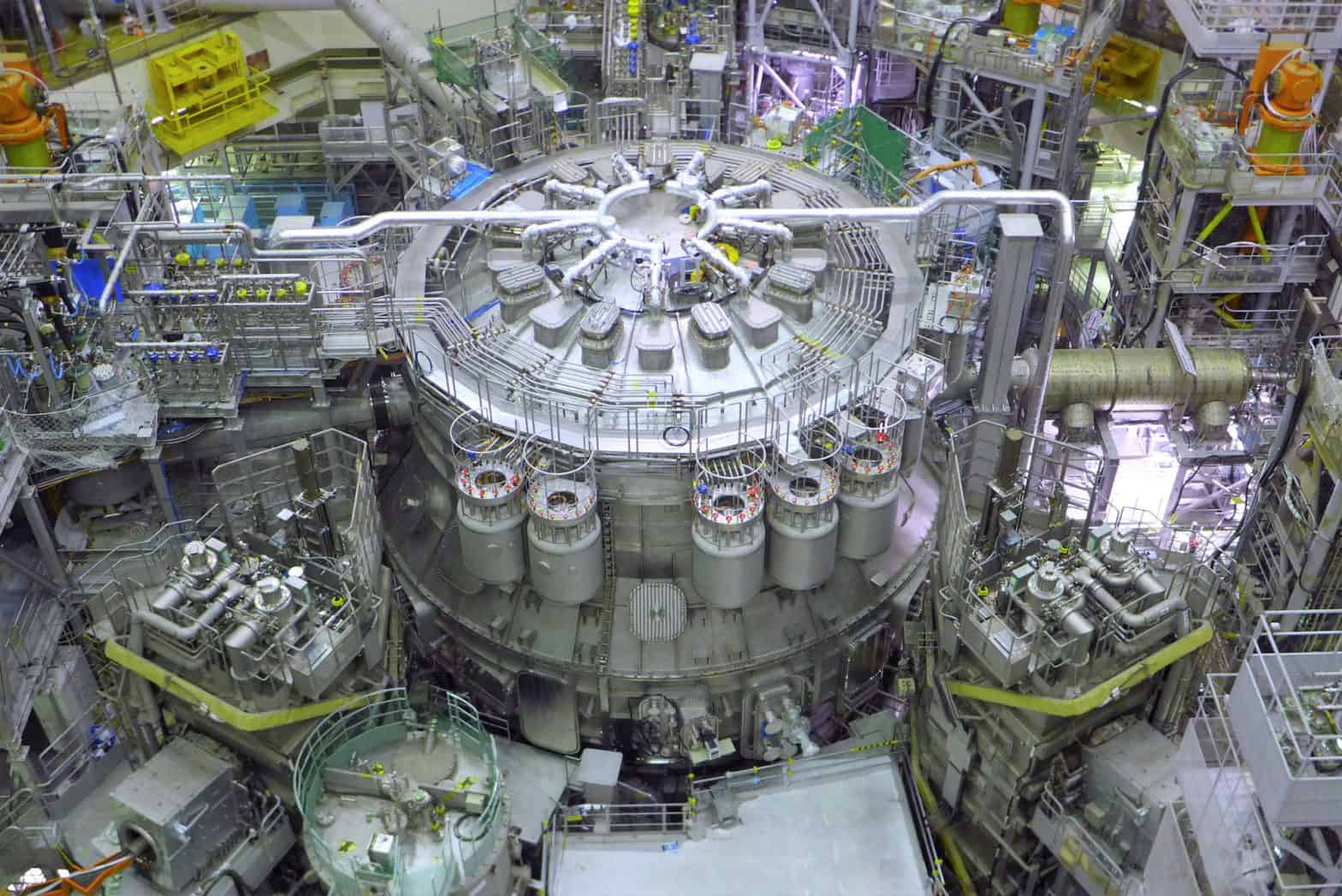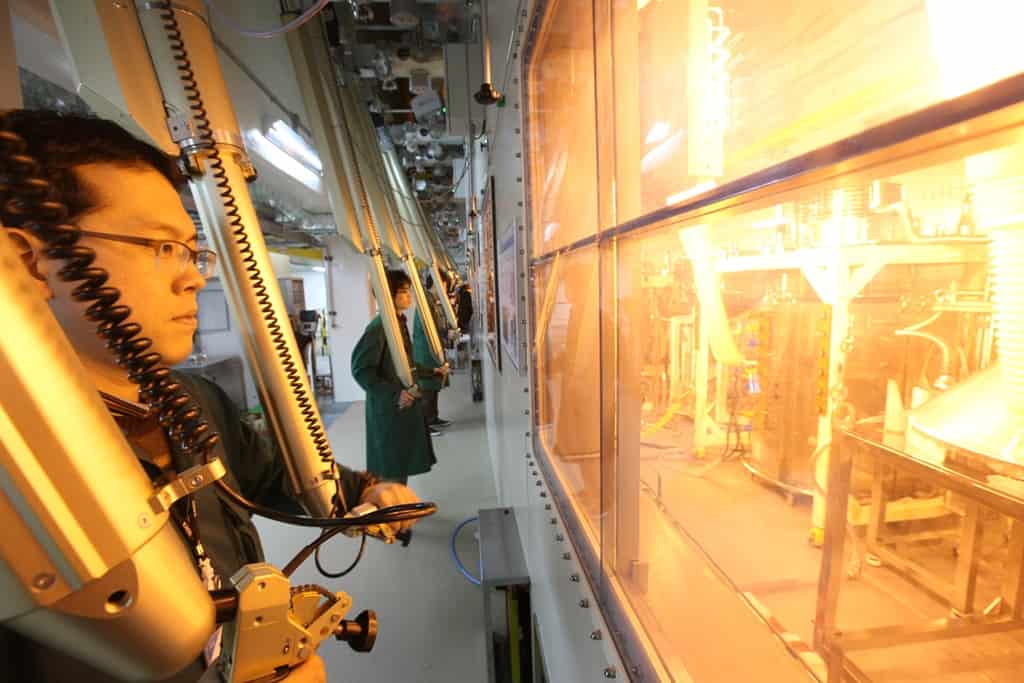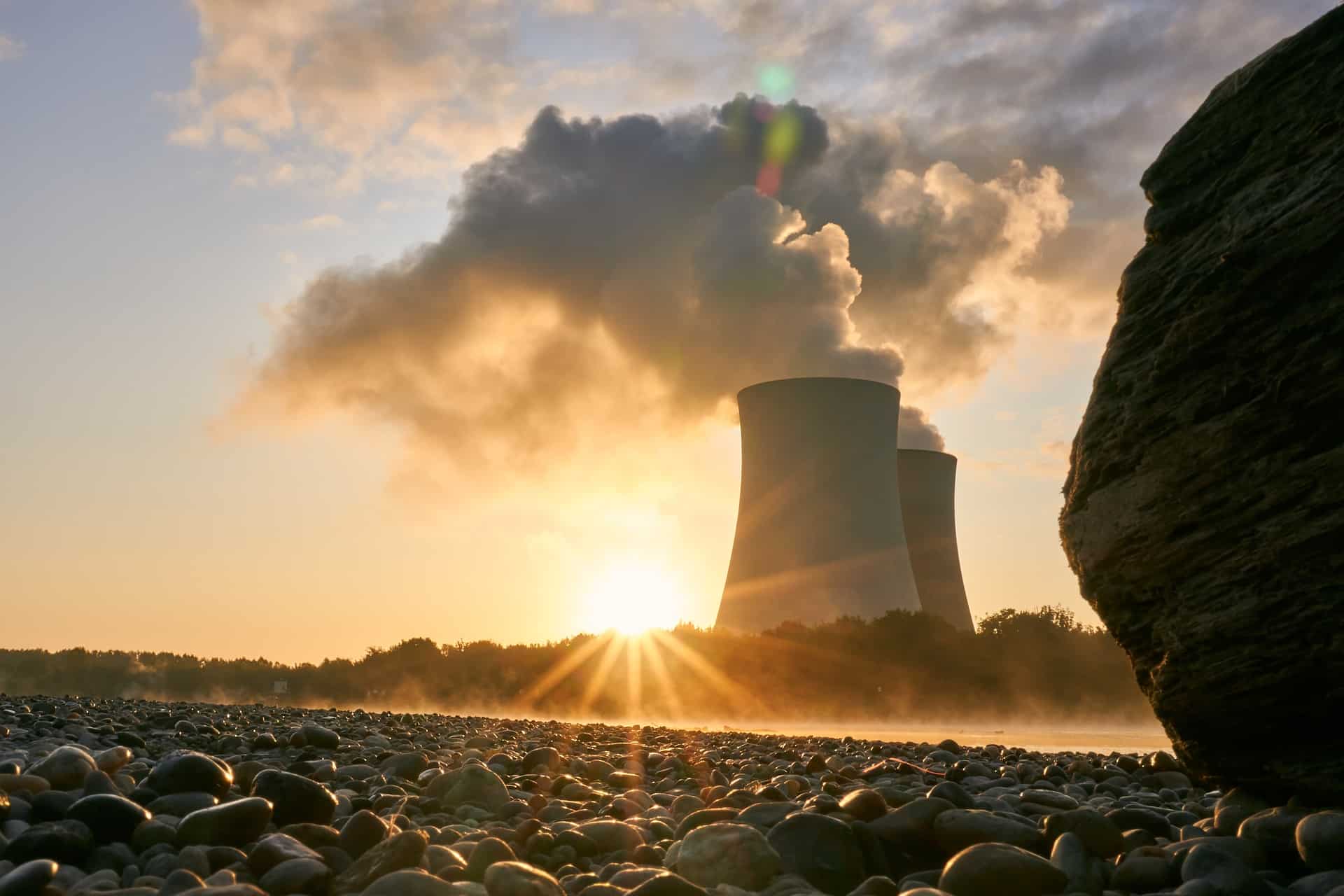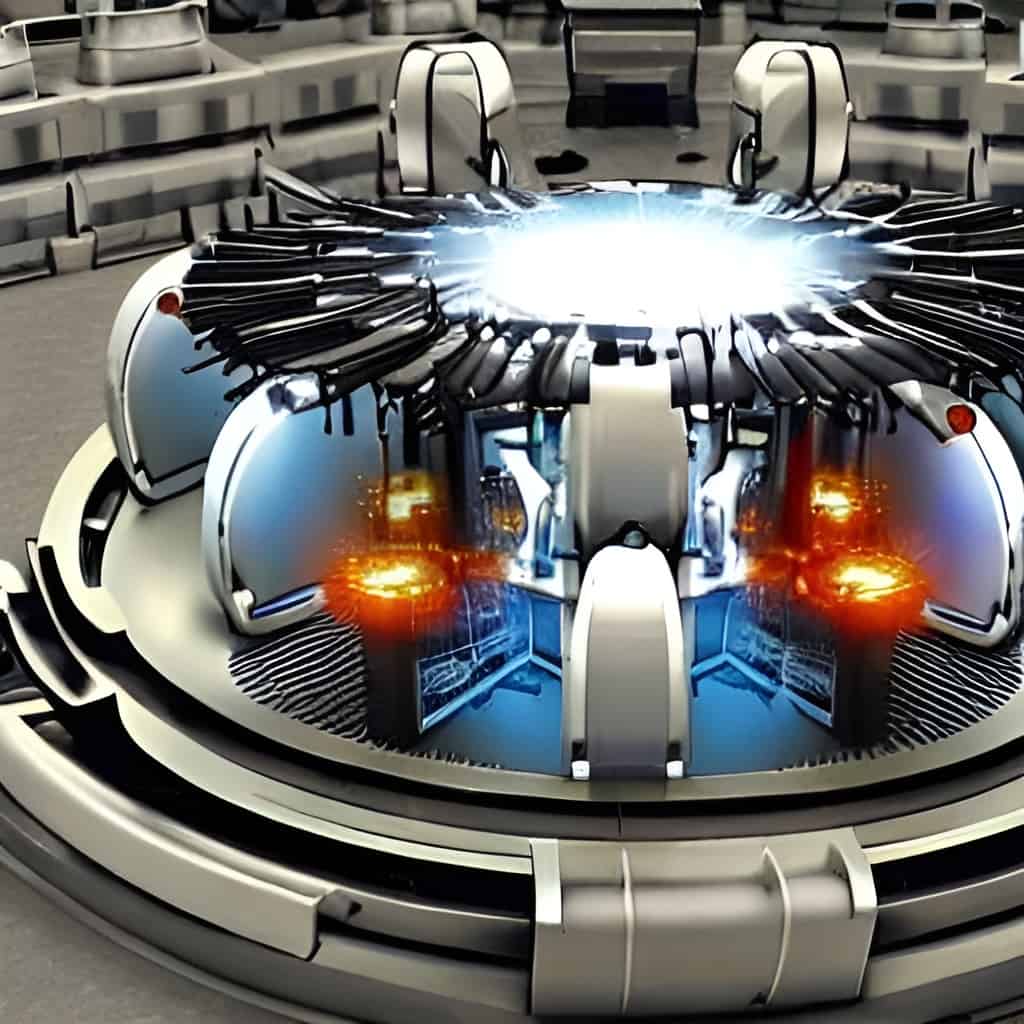
Nuclear fusion has long captivated scientists and engineers as an abundant and eco-friendly energy solution. Yet, its pursuit has been an arduous challenge. The fusion energy sector recently witnessed a surge of over $4.7 billion in investments, accompanied by significant breakthroughs. Notably, successful advancements in laser fusion and magnetic confinement fusion by the US and UK have sparked optimism, with startups poised to overcome obstacles faced by massive projects like ITER. Among them, Proxima Fusion, a German startup, is pioneering a revolutionary stellarator nuclear reactor with ambitious plans for a fusion power plant by the 2030s.
- Fusion energy is attracting more investments and more startups.
- The production of fusion power on a commercial scale remains a formidable challenge.
Fusion energy: A new dawn of innovation
Proxima Fusion, a spin-off of the Max Planck Institute of Physics, has raised €7 million to develop an innovative high-performance stellarator, a magnetic confinement fusion device. The startup’s stellarator, building on the success of Wendelstein 7-X (W7-X), the world’s most advanced stellarator, offers compelling features for fusion power plants such as steady-state operation and improved heat management[1]. This ambitious project aims to overcome historic challenges of stellarators, such as poor plasma confinement at high temperatures and construction tolerances, and bring fusion power to the commercial forefront.
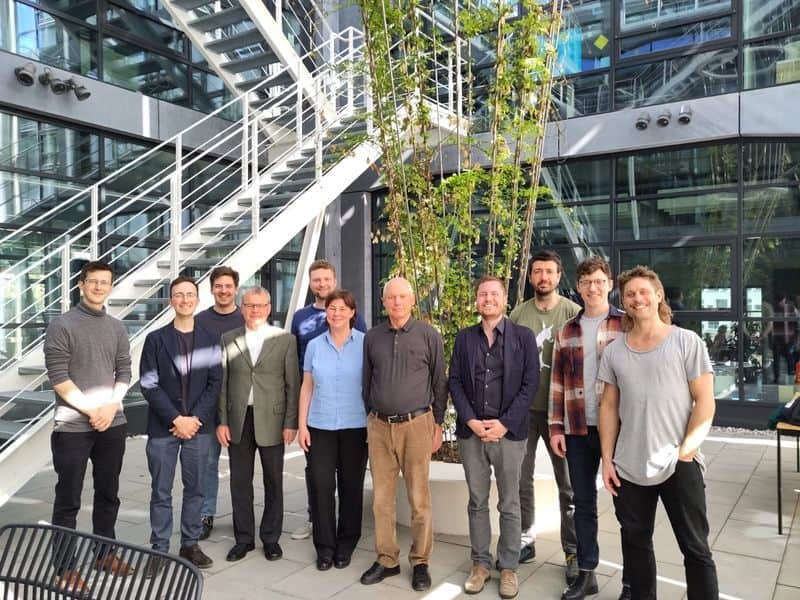
Proxima Fusion’s endeavor is part of a broader movement in the fusion energy sector, with startups around the globe racing towards this new energy frontier. In the United States, a significant milestone was achieved by Lawrence Livermore National Laboratory (LLNL), where scientists generated an energy gain of 120 percent through inertial confinement fusion. Despite some cautionary voices warning about the net gain figure being taken too literally, this achievement marks an important step towards the realization of fusion power.
Startups leading the charge
Notably, the fusion energy landscape is being shaped by a multitude of innovative startups. In the United States, Commonwealth Fusion, funded with $2 billion, is developing energy through inexhaustible power plant using rare-earth barium copper oxide superconductor technology. TAE Technologies, with $1.2 billion in funding, is striving to create a new source of clean energy from fusion with no harmful byproducts.

Other influential players include Helion Energy, funded with $577.8 million, focusing on harnessing fusion energy for clean electricity. Helion Energy is building a seventh-generation fusion machine called Polaris, aiming to generate electricity by 2028. Meanwhile, Zap Energy, with $207.8 million in funding, is designing a fusion reactor that doesn’t rely on magnets, an innovative approach that could revolutionise the future of fusion energy technology.
Big Investments, Bigger Expectations
As these startups push forward, large companies are starting to take notice. Major corporations like Alphabet and Chevron have invested in TAE Technologies, signaling the growing confidence in the potential of fusion energy. In total, over $3 billion was invested in the fusion energy sector in 2021, a testament to the increasing interest in this field.
However, despite the advancements and increasing investments, the production of fusion power on a commercial scale remains a formidable challenge. Many experts caution that while progress is being made, the path towards fusion power is still long and filled with uncertainty. Yet, the collective efforts of startups, research institutions, and investors worldwide are undeniably bringing us a step closer to the reality of fusion power, potentially transforming our energy landscape forever.


